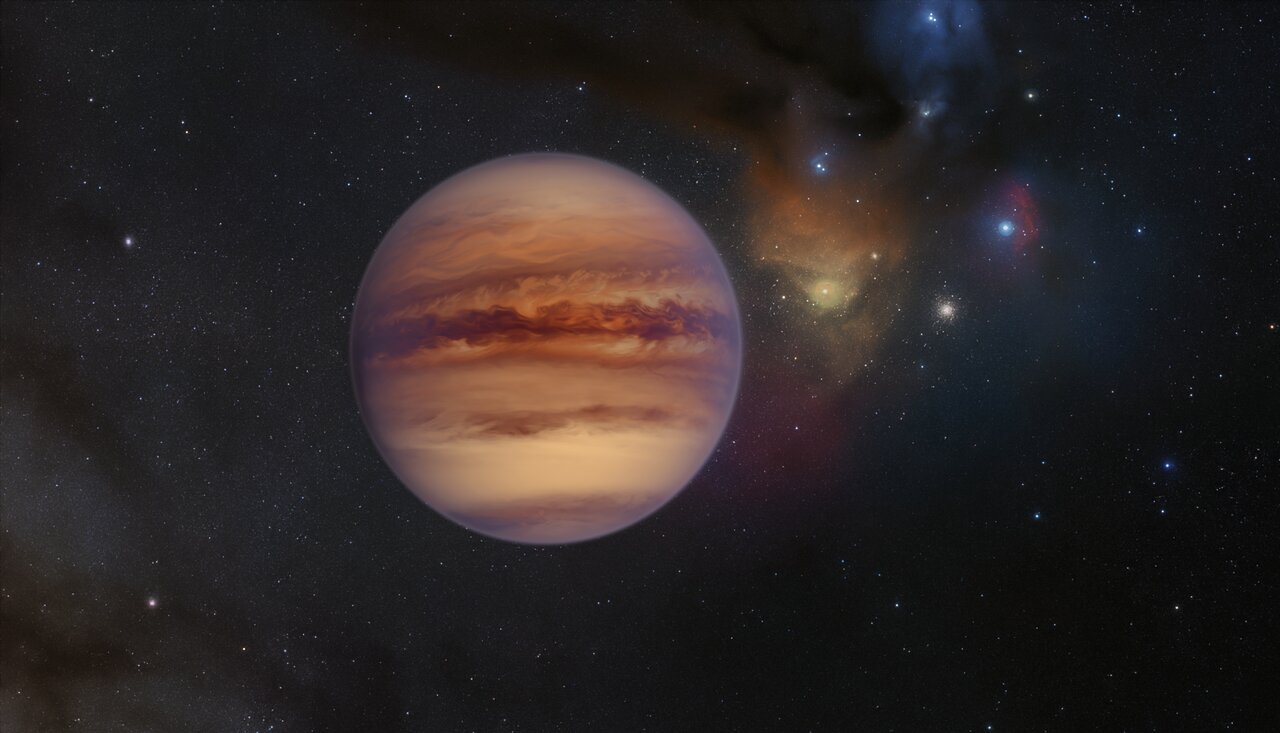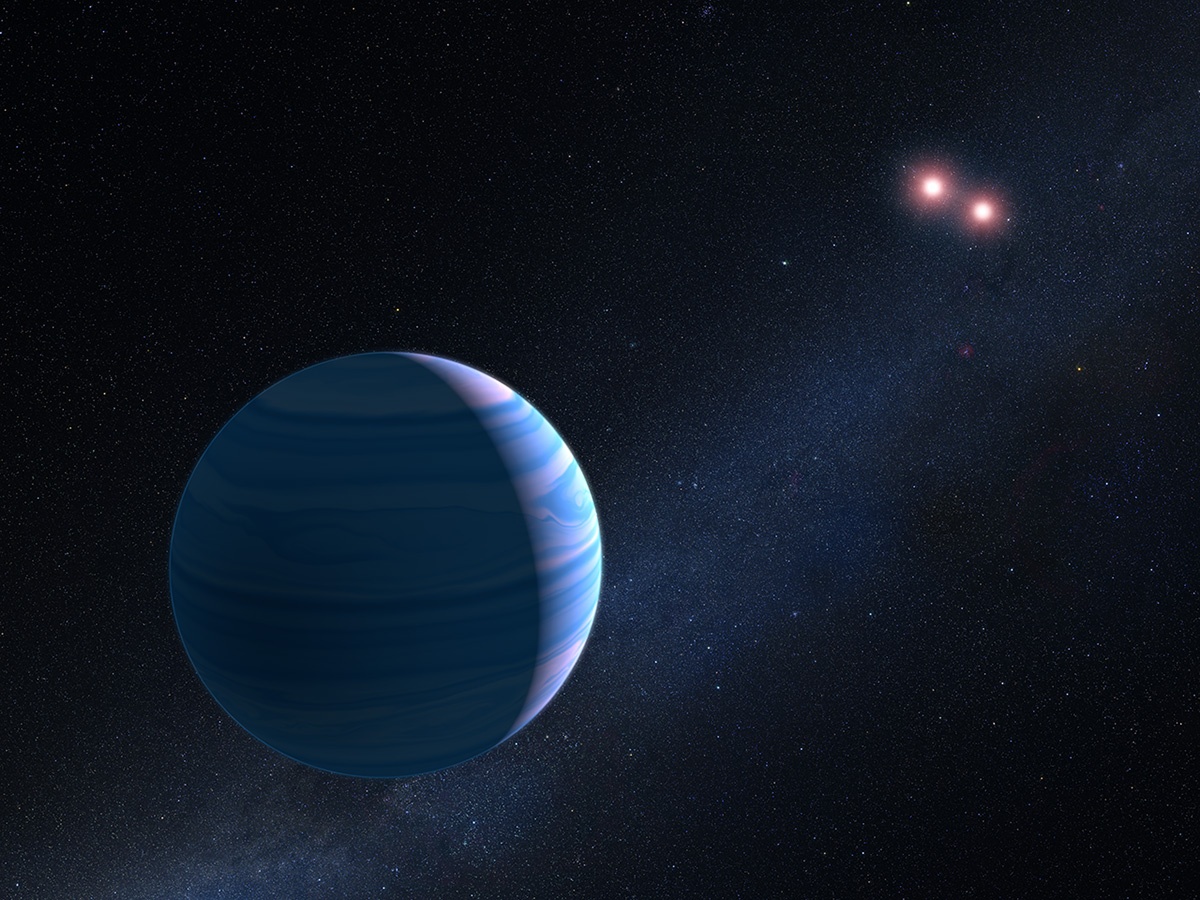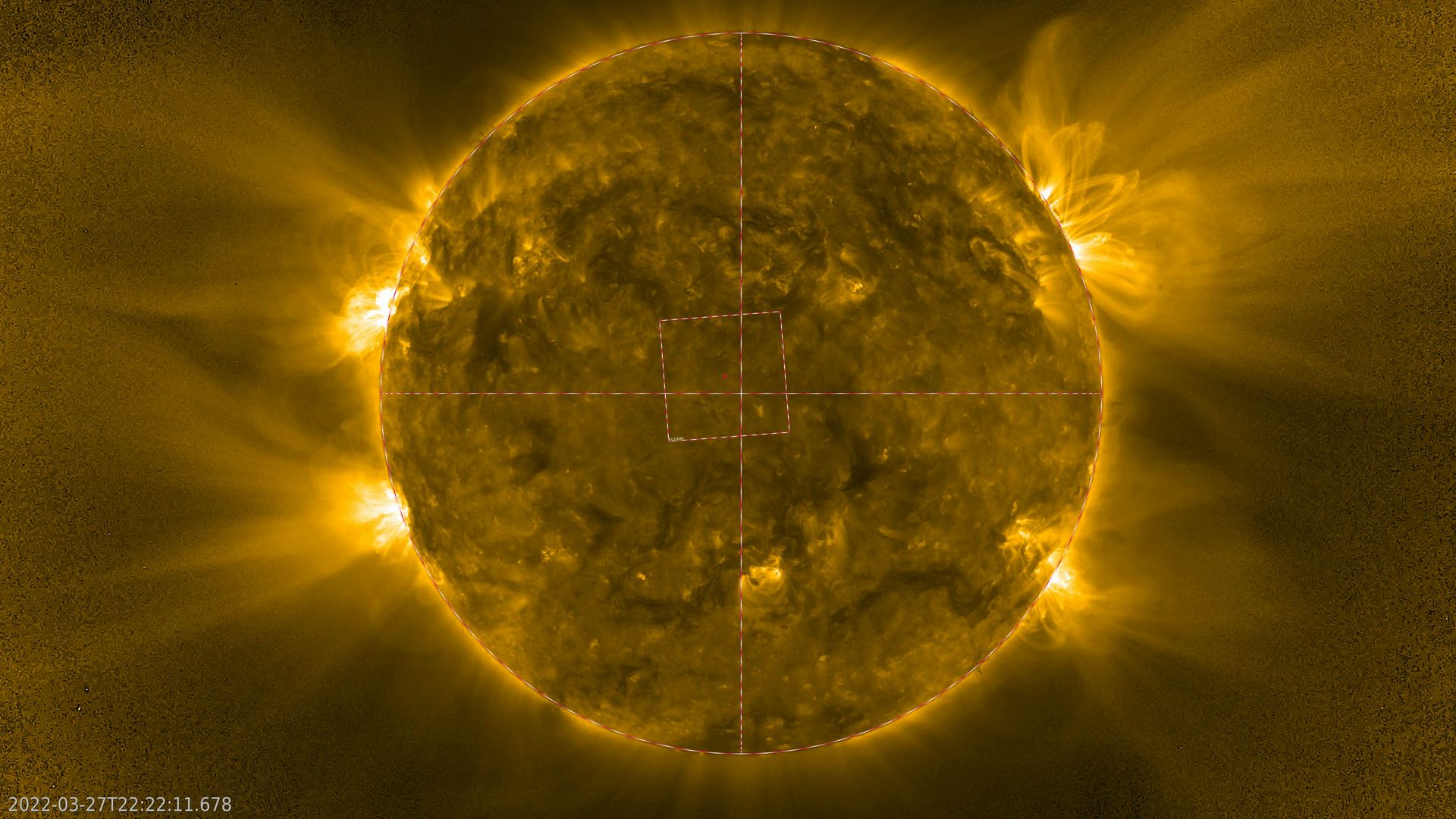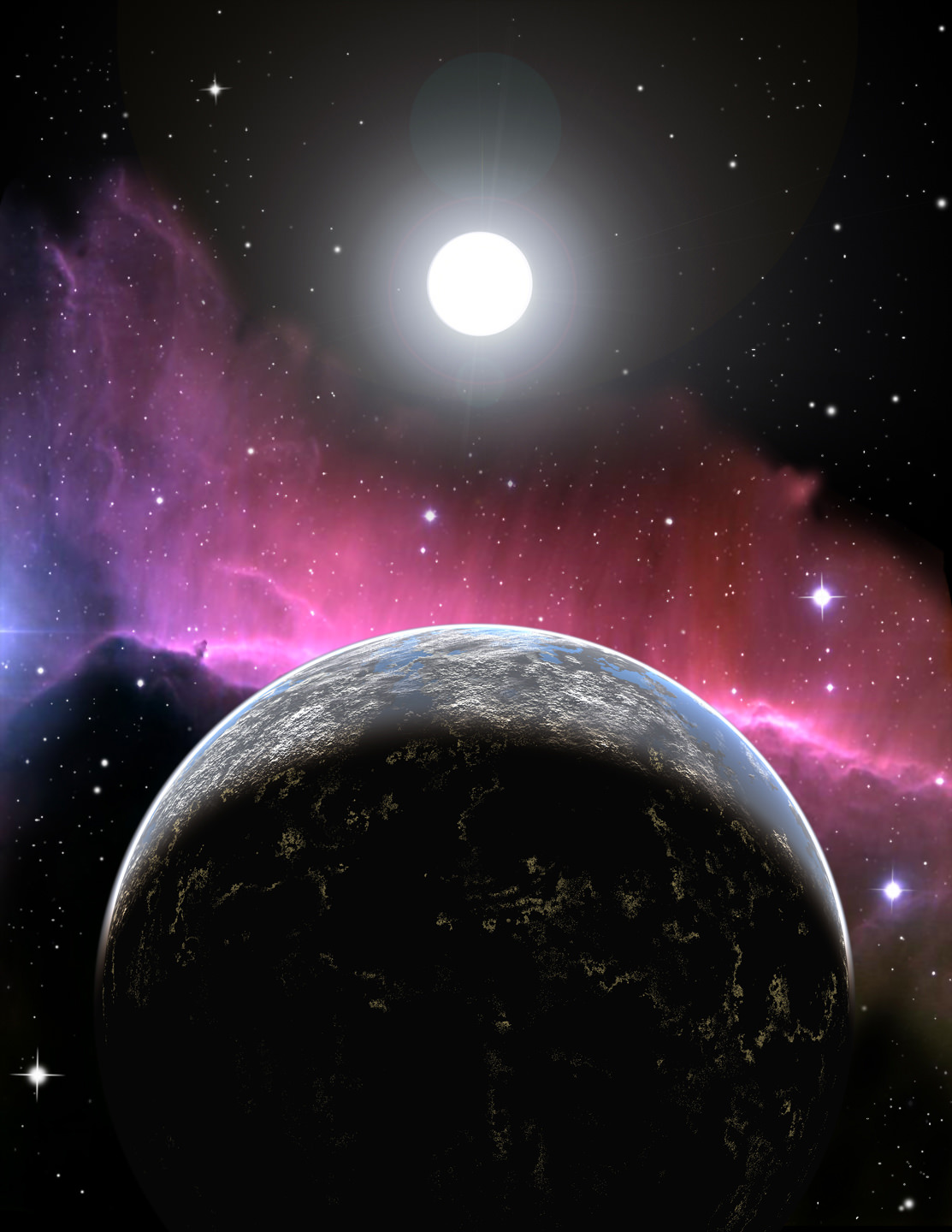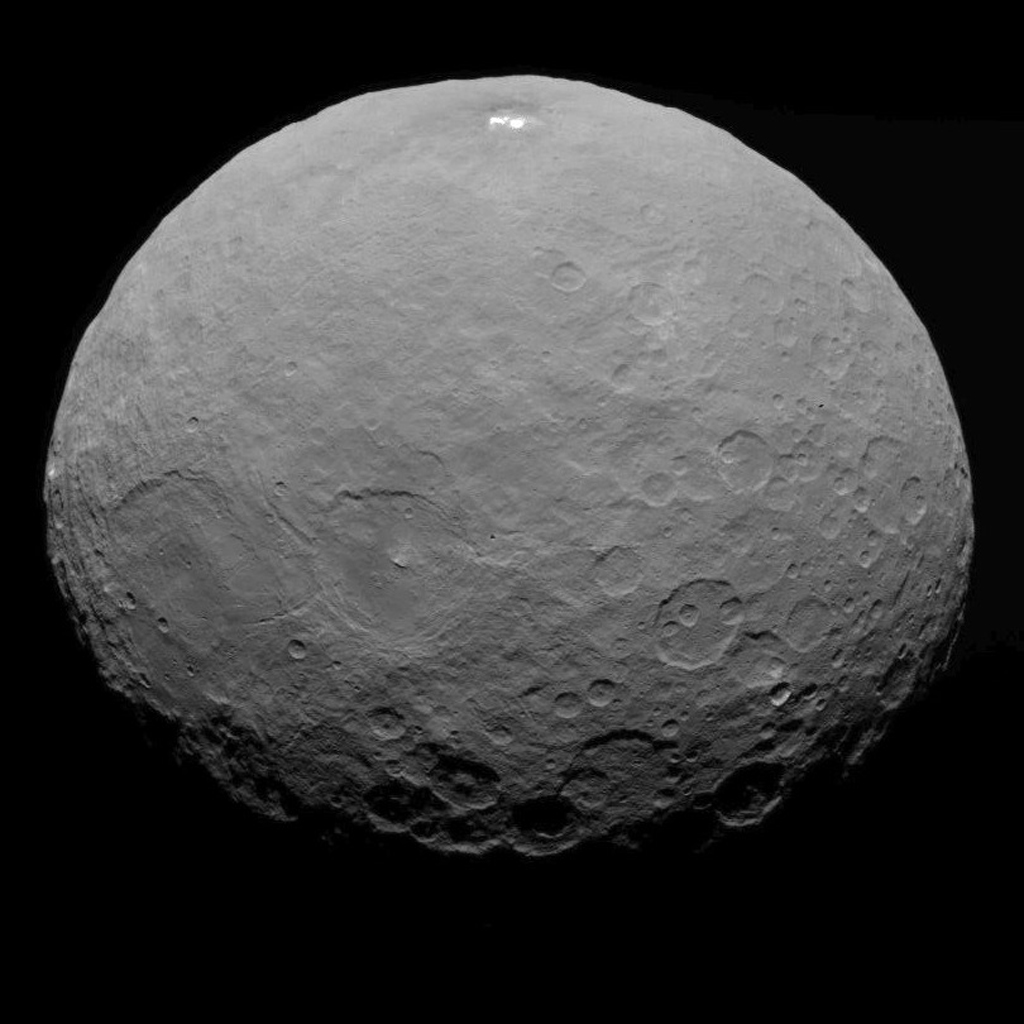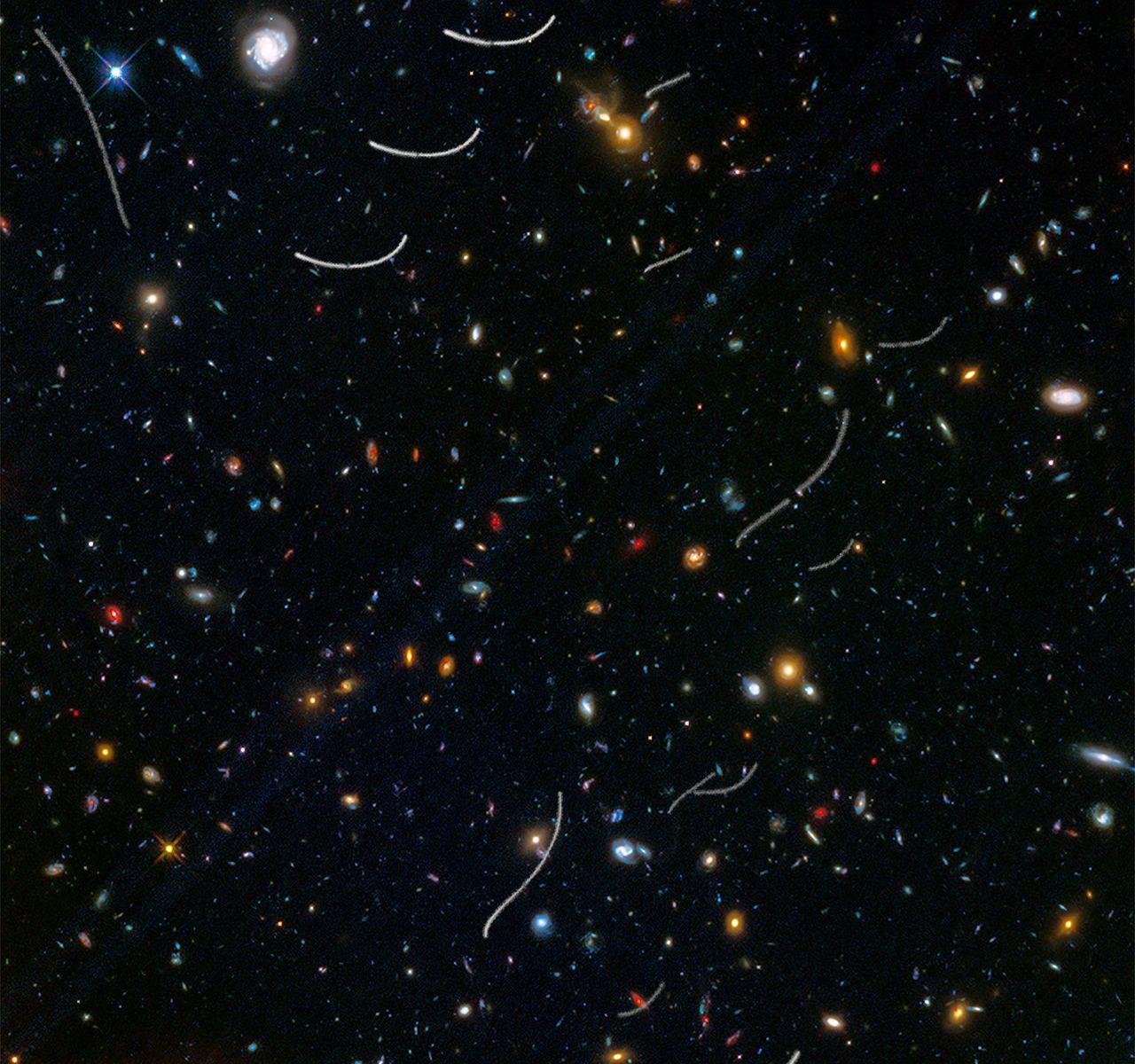There’s no question that young solar systems are chaotic places. Cascading collisions defined our young Solar System as rocks, boulders, and planetesimals repeatedly collided. A new study based on chunks of asteroids that crashed into Earth puts a timeline to some of that chaos.
Continue reading “The Early Solar System was Total Mayhem”The Early Solar System was Total Mayhem


